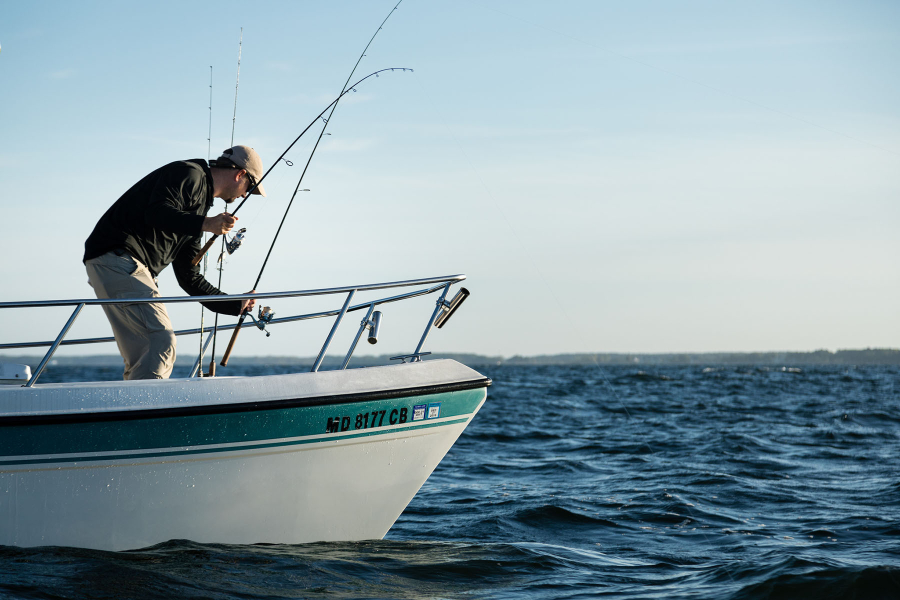Scientists predict above-average dead zone in 2018
Spring rains contributed more nutrient pollution to the Bay

Scientists predict the Chesapeake Bay will see an above-average dead zone this summer, due to this spring’s increased amount of rain.
Blue crabs, underwater grasses and other aquatic life rely on dissolved oxygen to survive. When nutrient-fueled algae blooms die and decompose, the resulting areas of little to no oxygen, known as dead zones, can suffocate underwater plants and animals.
The 2018 forecast predicts a mid-summer hypoxic, or low-oxygen, zone of 1.9 cubic miles—above the 30-year average of 1.74 cubic miles. The anoxic, or no-oxygen, zone is expected to reach 0.43 cubic miles in early summer and grow to 0.41 cubic miles by late summer.
This forecast, funded by the National Ocean and Atmospheric Administration, is based on models developed at the University of Maryland Center for Environmental Science and the University of Michigan and relies on nutrient load estimates from the U.S. Geological Survey (USGS).
Rainfall plays an important role in determining the size of the Bay’s dead zone. This year’s above-average rainfall washed nutrients from the upper watershed into the Bay. According to the USGS, the Susquehanna and Potomac rivers contributed 85.7 million pounds and 30 million pounds of nitrogen to the Bay respectively.
"Despite this year's forecast, great strides have been made in reducing nutrient pollution from various point sources entering the Chesapeake Bay, such as wastewater treatment plants," said Steve Thur, director of NOAA's National Centers for Coastal Ocean Science. "However, to reach the economic potential of the Chesapeake Bay, more work needs to be done to address nonpoint nutrient pollution, such as agriculture and stormwater runoff."
Over the next several months, researchers with the Maryland Department of Natural Resources and the Virginia Department of Environmental Quality will monitor oxygen levels in the Bay, resulting in a final measurement of the Bay’s dead zone later this year.
Learn more about the dead zone.

Comments
There are no comments.
Thank you!
Your comment has been received. Before it can be published, the comment will be reviewed by our team to ensure it adheres with our rules of engagement.
Back to recent stories